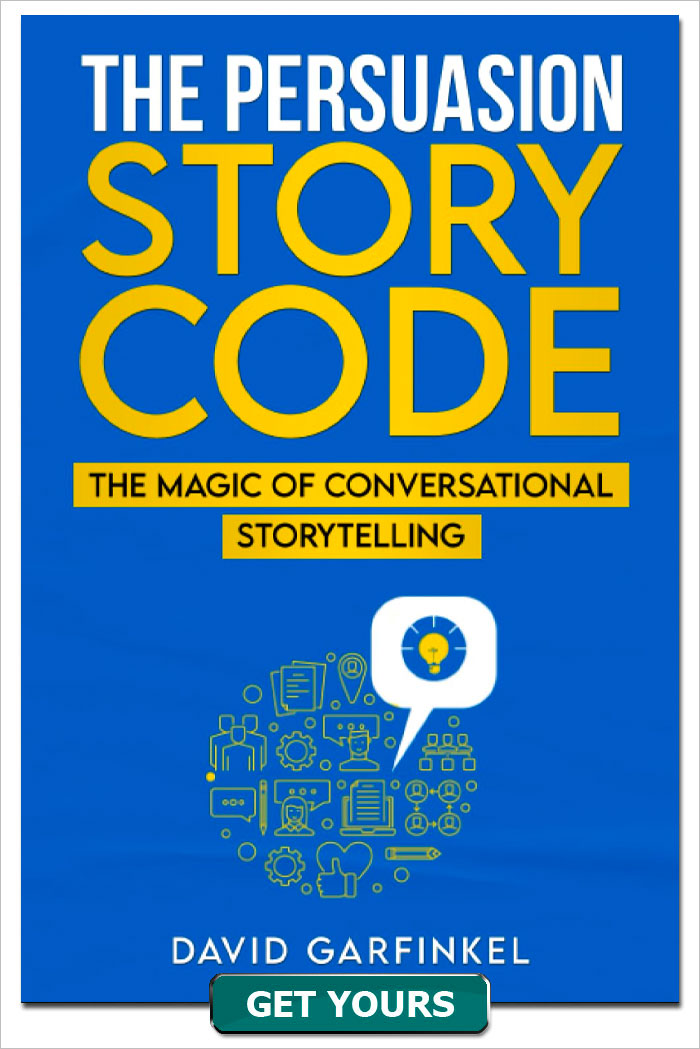What Other People Think
Published by: David Garfinkel on 07-20-2020
Tweet
I’m in a book discussion group with a client and two of his friends. The only problem is, both of his friends are also podcasters, so you can imagine how hard it is to get a word in edgewise.
The book we were discussing last time was Jonathan Haidt’s A Righteous Mind. This is an especially important book because it offers some concrete ways to bridge the big political divide going on in America and really much of the rest of the world right now.
I want to focus on something else in the book that’s not political, though. Several times the author makes a point of emphasizing that people are very concerned with what other people think about them.
We talk about that idea and break it down in today’s show. For now, I want to say this is something that a lot of copywriters and marketers miss the mark on. Which is a shame, because it’s a powerful selling tool. You could hardly say it’s unknown, but it’s not very well understood, either. Once you see what I’m going to show you, I think you’ll understand it a lot better.
We start by looking for the deep underlying message in a TV commercial for the prescription drug Linzess. Though the spoken words and words on the screen are all about the medical condition and the drug, the story portrayed by the actors and scenery are quite different. We look at how the advertiser used the concern about what other people think to sell a drug designed to help people with belly pain and constipation.
Then, we review with Jonathan Haidt said, as well as two little-known parts of Vic Schwab’s “How to Write a Good Advertisement” and Gene Schwartz’s “Breakthrough Copywriting.” Both of these Old Masters knew the how-other-people-think element of copywriting extremely well, and have some really important things to say about it.
Finally, we look at how we, as direct marketers, can use this sales angle. Obviously we don’t have the wherewithal to set up, hire for, and film a commercial like Linzess did. Fortunately, there’s a much simpler way to use the what-people-think angle, subtly, in your copy. We’ll share an example with you.
Keywords: psychology and copywriting









